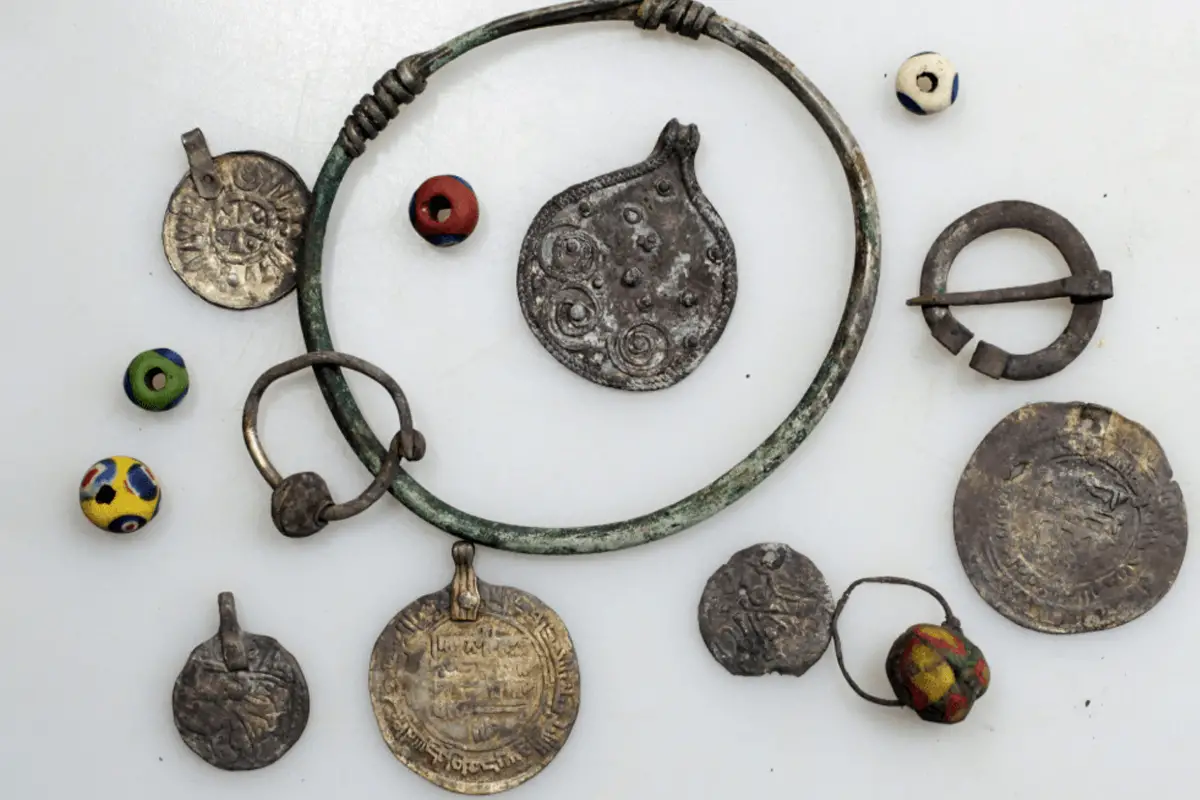Archaeologists working in Russia’s Vladimir region have made a remarkable discovery that could reshape our understanding of early medieval trade networks.
Excavations by the Institute of Archaeology of the Russian Academy of Sciences at the Gnezdilovo burial ground, located near the historic town of Suzdal, uncovered several rare artefacts, including an ancient Indian coin made of silver known as a jital.
According to experts, the coin dates from the 8th to 9th centuries AD which was minted in Afghanistan, Pakistan, and northern India.
The Middle Ages saw jitals become a common form of currency throughout the South and Central Asian regions, however, examples of Indian coins from this period are extremely rare in northern locations and indicates distant trade relations.
Historical records indicate that foreign coins, including Indian ones, occasionally entered Rus’ through merchant activities but the actual number of coins reaching traders remained small.
The research team intends to continue its excavations at Gnezdilovo, aiming to gather further insights into the daily life, trade practices, and cultural exchanges of the region’s inhabitants at the dawn of the last millennium. Each new artifact adds another piece to the puzzle of how local societies transitioned into the vibrant centers of Rus’ civilization that would later flourish.
Header Image Credit : Institute of Archaeology of the Russian Academy of Sciences
Source : Institute of Archaeology of the Russian Academy of Sciences





